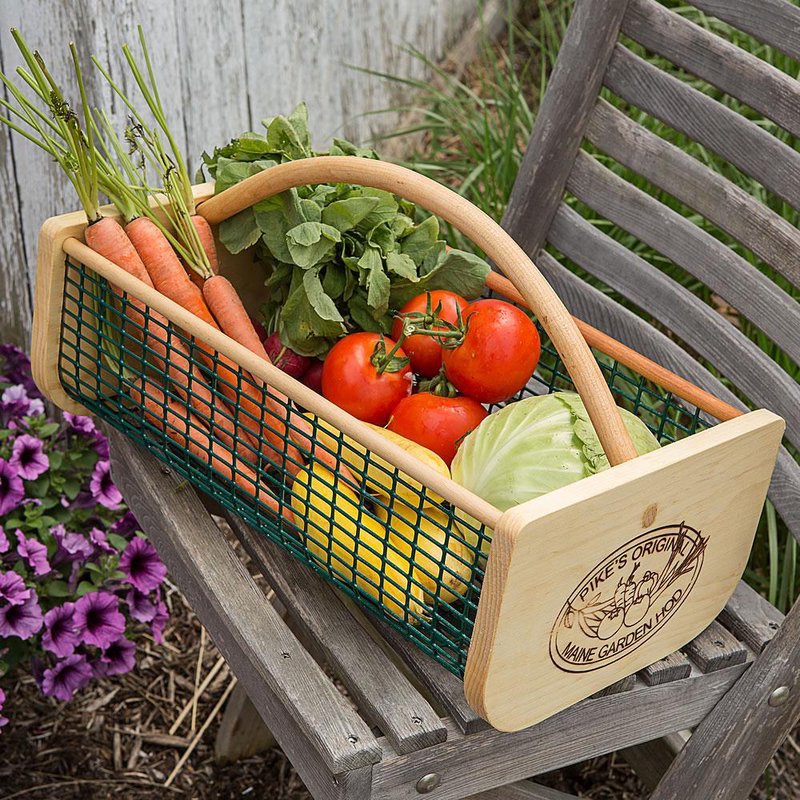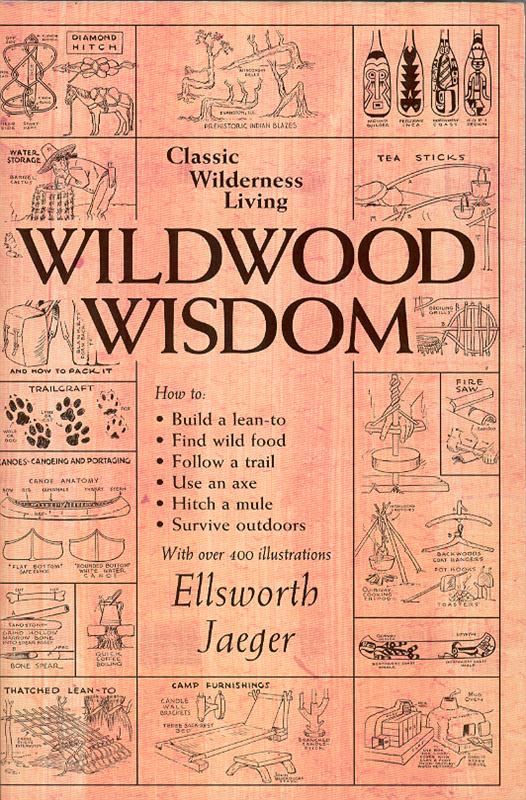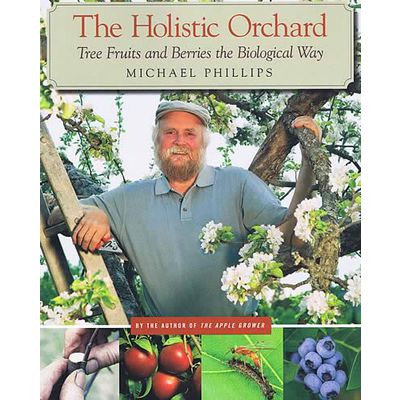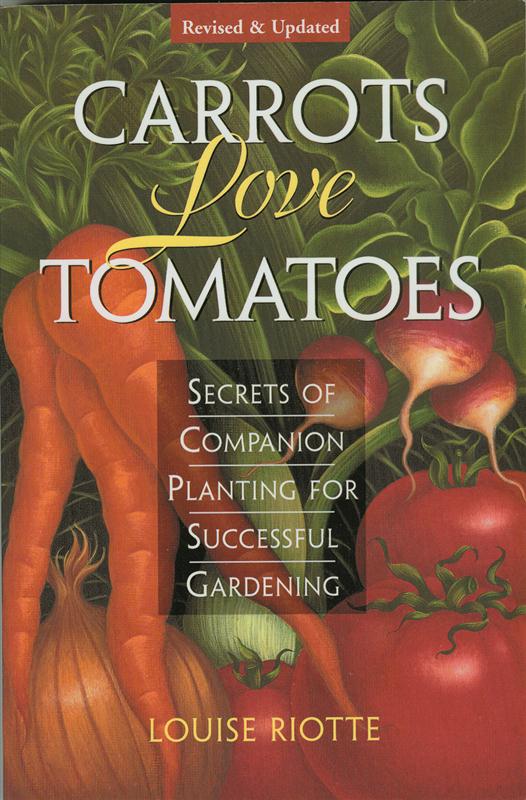
Allison Geraci is a recent graduate of Kent State University’s Zoology program, and has an interest in native plants and restoration of native habitat–and how that works for plants, animals and people. This is the first in a short series of articles looking at native plants and plant habitats that she’ll be writing for Country Life this summer.
Going Native?
In today’s world of industry and technology, there is also a trend, a yearning to get back to the land: to be out in the fresh air, green grass, getting dirt on your hands. The weather has finally broken in my area of northeast Ohio, and I’m hoping the ground will be ready for planting soon, as things dry out. These days the majority of what is planted in our gardens comes from foreign areas and is planted in native soil. (Foreign meaning any plant not native to your region, not necessarily plants from other countries.)
If we aren’t careful, our garden plants can become invasive species in an environment in which the species flourishes–an environment without any natural barriers. (Consider the kudzu, for instance. Originally introduced to the US as an ornamental plant, it’s now the scourge of the South.)
Some home gardeners and truck gardeners use heirloom seeds and plants, which is a great idea. But have you considered using native plants, establishing a permaculture plan for your gardens, or investigated the concept of wild farming?
All of these are viable ways to lessen the ecological impact your garden and plants may have, but still give you produce and flowering plants. These developing philosophies will keep you on the responsible, cutting edge in your gardening and small farming practices.

Less Work, More Gain
The U.S. Forest Service works hard to protect and preserve the land. Removing invasive species and allowing native species to thrive is among one of their preservation practices. This mission gets easier when the public is onboard.
Using native plants will actually make your garden not only easier to maintain, but flourish, and be helpful to non-cultivated areas nearby. Indigenous cultures took advantage of native crops for harvesting or medicinal uses.
Let’s say you have a flower garden. Instead of trying to grow roses, or azeleas, or some flowering plants that aren’t native to your area, consider establishing flowering plants that are native.
They’re grow well, because they belong to your region. Your garden won’t require special fertilizers to grow native plants in native soil. You will spend less time watering since the local weather pattern should provide all the water your garden will need. Native plants also have built in bio-defenses to defend against pests. And as an added bonus, all the native wildlife will come to your yard!
Specific kinds of native plants will be favorable to specific kinds of wildlife. By planting indigenous species it is possible to encourage butterflies, birds, or even your local beehive. Big critters are easier to cope with too–native plants grow and recover quickly, so you won’t have as much of an issue if a rabbit or a deer stops by for a snack. For more info, check out the U.S. Forest Service’s website on wildflowers.
There it explains how to set up a wildlife habitat and gardening alternatives to invasive species. You can find what will grow well in your area. Search the web for providers of native plants in your region. (My home area of northeast Ohio is in the Forest Service’s Eastern Region. Click the blue type, and you’ll go to a page describing the native plants of my region, complete with photos.)
Permaculture
Sometimes it is better to work with, rather than against nature. Permaculture is an ecological philosophy developed by Bill Mollison and David Holmgren. It uses ecological concepts to repair habitats and provide for sustainable living.
Permaculture relies on core principles which include using biological resources to solve problems, making use of all resources available, and producing as little waste as possible. At its core, permaculture is based on separating out zones as degrees of separation from house, garden, crops, and wilderness.
Although permaculture does not specifically call for the use of native plants, the philosophy pushes gardeners to use plants with purpose. A native plant may not be an obvious food source, but can work as:
- buffer zone planting
- wind or weather stops
- dried or fresh spices/recipe ingredient
Also since indigenous plants are adapted to the soil conditions, tilling (which is disruptive) is greatly reduced. So are fertilizing and watering, since nutrients are maintained within the deep roots that native plants tend to develop. Overall, the indigenous plant will grow more quickly and be more hardy than the introduced specimen.

The Holistic Orchard: Tree Fruits and Berries the Biological Way by Michael Phillips goes into more detail on setting up a permaculture garden. Agroforestry, a principle which relies on the successful management of trees, bushes, and crops, is both a resource used in permaculture and the basis of his book.
Wild Farming
Crops and wilderness do not necessarily need to be separated. Wild farming exists by using the natural world as a set-up for harvestable wild farmland. Instead, a seamless mix of crops and indigenous plants creates wildlife corridors for animals to pass through freely. As a philosophy, it seeks to preserve the land and cause as little damage as necessary. This is a contrast to the widespread industrial farm we may see, where ground is artificially fertilized; hybrid, possibly GMO-amended plants grown, and machinery is used to plant, cultivate and harvest.
Wild farming makes good use of native plants. When possible, indigenous crops are planted. When this is not possible it is best to use crops (like organic heirlooms) that are supportive to the environment.

The goal of wild farming is to retain the biodiversity of the local ecosystem while maintaining a high yield of crops. Intercropping is key. Intermixing native plants with crops helps reduce the depletion of soil nutrients and creates no-till zones. (Home gardeners can follow this model by using interplanting/companion planting techniques.)
The native plants help sustain the soil nutrients and keep the ground useable for multiple seasons.
Coupled with crop rotation, this guarantees that the soil continues to be productive. Nutrients aren’t rapidly depleted by growing the same crops in the same spaces season after season. Another invaluable technique used in wild farming is creating riparian buffers: the zone between land and water. Vegetation can help stabilize river banks while reducing runoff or flooding. What better buffer plants than the local plants that thrive in riparian zones? How can you incorporate any of these techniques into your gardening or farming practices? It’s something to think about.
Allison also mentions: If you are interested in learning more about wild farming, check out the Wild Farm Alliance website. There you will find details on creating a biologically cohesive farm.





























[…] a couple of pages which I sincerely hope can help generate more interest in alternative gardening. Lehman has a couple of fantastic articles on gardening which promotes the ideals of simple living. The […]